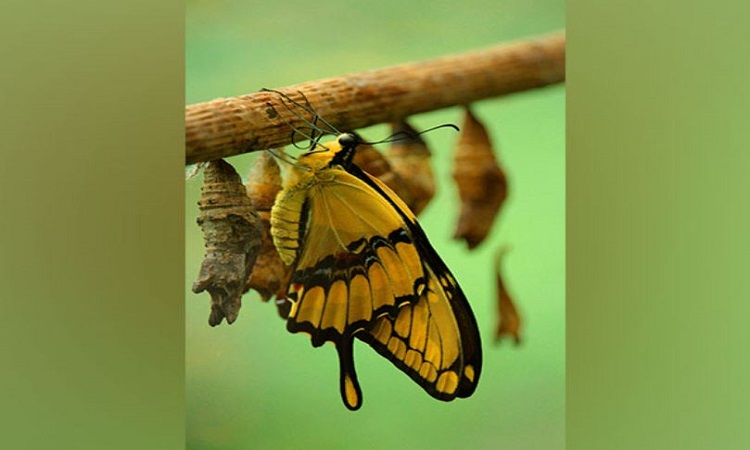
Washington DC: According to new research, female Meadow Brown butterflies have less spots when they grow up in warmer conditions, thus climate change may reduce their spottiness.
University of Exeter scientists found females that developed at 11°C had six spots on average, while those developing 15°C had just three.
Read This Also - Climate change threatens global forest carbon sequestration
The findings challenge long-held scientific views about why these butterflies have varying numbers of spots. "Meadow Browns always have large 'eyespots' on their forewings, probably for startling predators," said Professor Richard ffrench-Constant, from the Centre for Ecology and Conservation on Exeter's Penryn Campus in Cornwall.
"They also have smaller spots on their hindwings, probably useful for camouflage when the butterfly is at rest. "Our findings show that fewer of these hindwing spots appear when females experience higher temperatures during their pupal stage (in a chrysalis before emerging as a butterfly).
"This suggests the butterflies adapt their camouflage based on the conditions. For example, with fewer spots they may be harder to spot on dry, brown grass that would be more common in hot weather.
"We did not observe such a strong effect in males, possibly because their spots are important for sexual selection (attracting females)."
Since the classic work of biologist EB Ford, eyespot variation in the Meadow Brown butterfly has been used as an example of "genetic polymorphism" (the co-existence of multiple genetic forms in a single population).
However, the new study shows the eyespot variation is caused by thermal plasticity (the ability to react to changing temperatures).
"This is a family story for me, as my father collected butterflies for EB Ford here in Cornwall," Professor ffrench-Constant said.
"In the new study, we looked at current Cornish populations - collecting males and females from the same field every day throughout the flight season - and historical collections from Eton and Buckingham."
The researchers predict that spotting will decrease year on year as our climate warms. Professor ffrench-Constant added: "This is an unexpected consequence of climate change. We tend to think about species moving north, rather than changing appearance."
Meadow Browns spend about 28 days in the pupal stage, usually emerging in late spring in the UK.
The paper, published in the journal Ecology and Evolution, is entitled: "Eyespot variation and field temperature in the Meadow Brown butterfly." (ANI)







